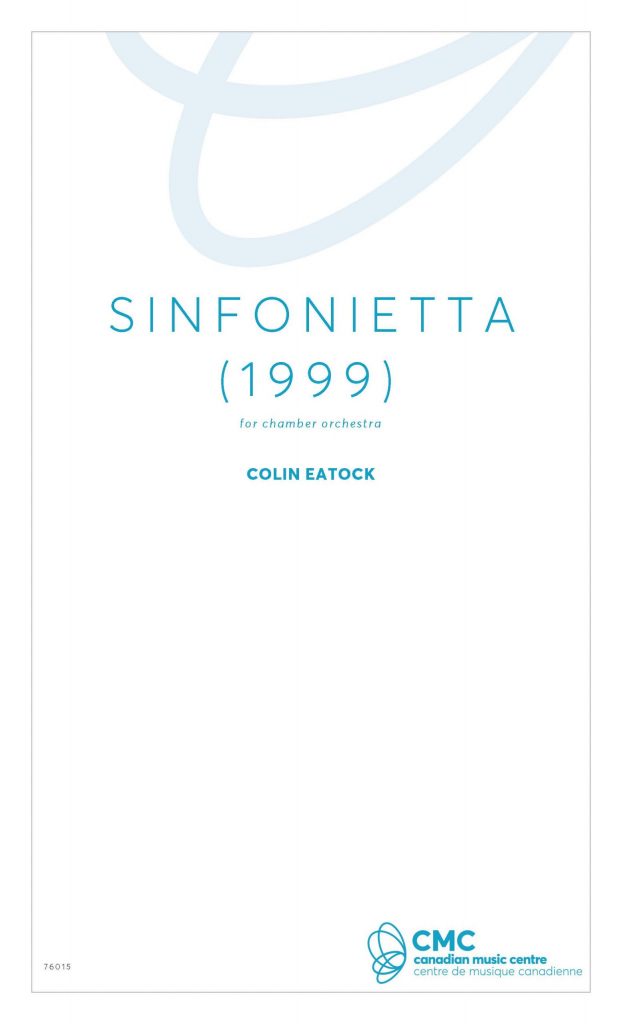The composer writes: I composed my Sinfonietta (1999) at the time – and also, in a way, because – I turned 40. It occurred to me that by my age Schubert had been dead for nine years, Mozart for five and Mendelssohn for two – and that while I was still happily breathing, I had not yet written any “mature,” multi-movement pieces for orchestra. And so I cleared my desk of other projects and devoted all my composing time in the year 1999 to this task.
Many of my works are historically conceived, and the Sinfonietta (1999) is no exception. In many respects it resembles an early classical symphony. But the piece diverges from its classical models in several ways: whereas classical-period composers tended to use wind instruments in pairs, here only the horns are paired, and there is only one flute, one oboe, one clarinet, etc. This choice of instrumentation gives the piece a colourful quality, and at times produces textures reminiscent of chamber music.
The first movement is a kind of sonata, characterized by irregular meters and a chromatically descending motif. The second movement is a slow and lyrical, in a simple ABA form, with some nice tunes. The third movement is a rondo, full of boisterous, driving rhythms, and culminating in a grand finale.

